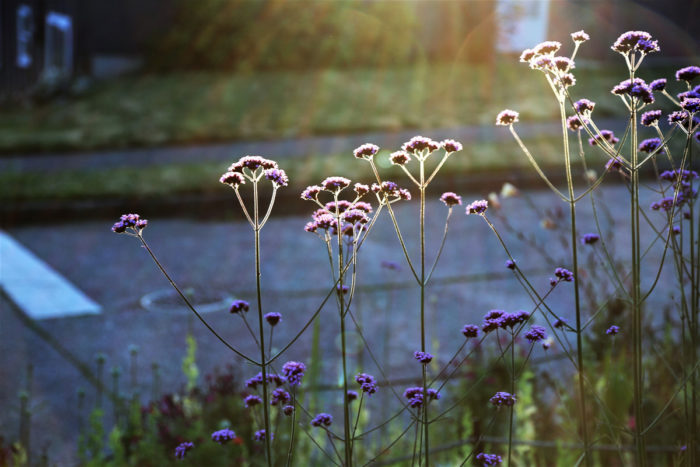
September in the Pacific Northwest is a very transitory time. The garden wants to continue summer but is also headed into fall. The two distinct chore paths for gardeners can be a little conflicting, but do not let that stop you from maintaining your garden. The days are still quite warm and sunny, leading to the familiar “second summer” here in the Pacific Northwest, but the fall rains will also start helping with more traditional fall chores. By tackling both summer and fall chores during the month of September, you can enjoy your garden even more.
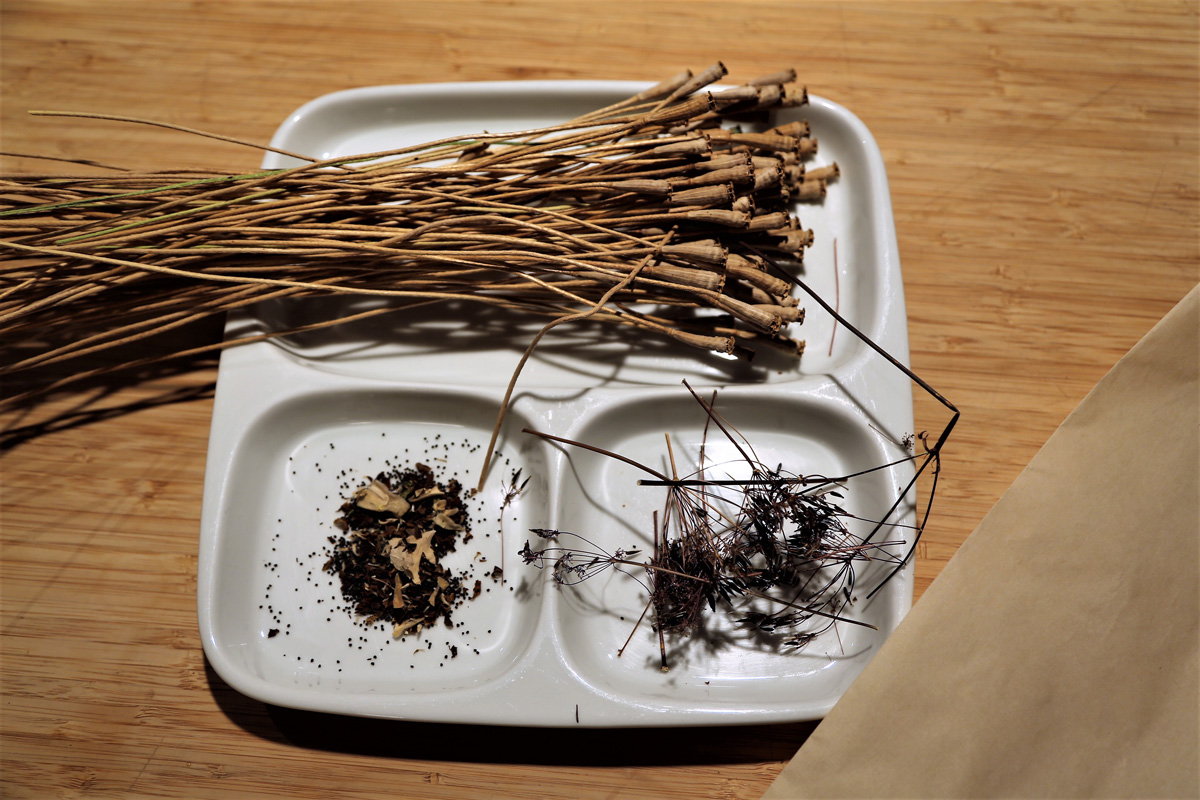
Collect and sow seeds. By collecting seeds from your early summer annuals, biennials, and perennials, you can greatly increase your garden collections, especially from plants that you are already growing successfully. Collecting seeds is also a fun way to engage with your garden in a completely different way. Spanish poppy (Papaver rupifragum, Zones 6–9), tall verbena (Verbena bonariensis, Zones 7–11), and ‘Sunset Boulevard’ evening primrose (Oenothera versicolor ‘Sunset Boulevard’, Zones 4–10b) are some of the easiest and most prolific self-seeders to collect, redistribute in your garden, or give to gardening friends. I like to sow seeds immediately after collecting or at least later in the fall to ensure the seeds have a period of vernalization (cold treatment). Most seeds need some cooling period or even the winter cold to germinate and grow in the early spring.
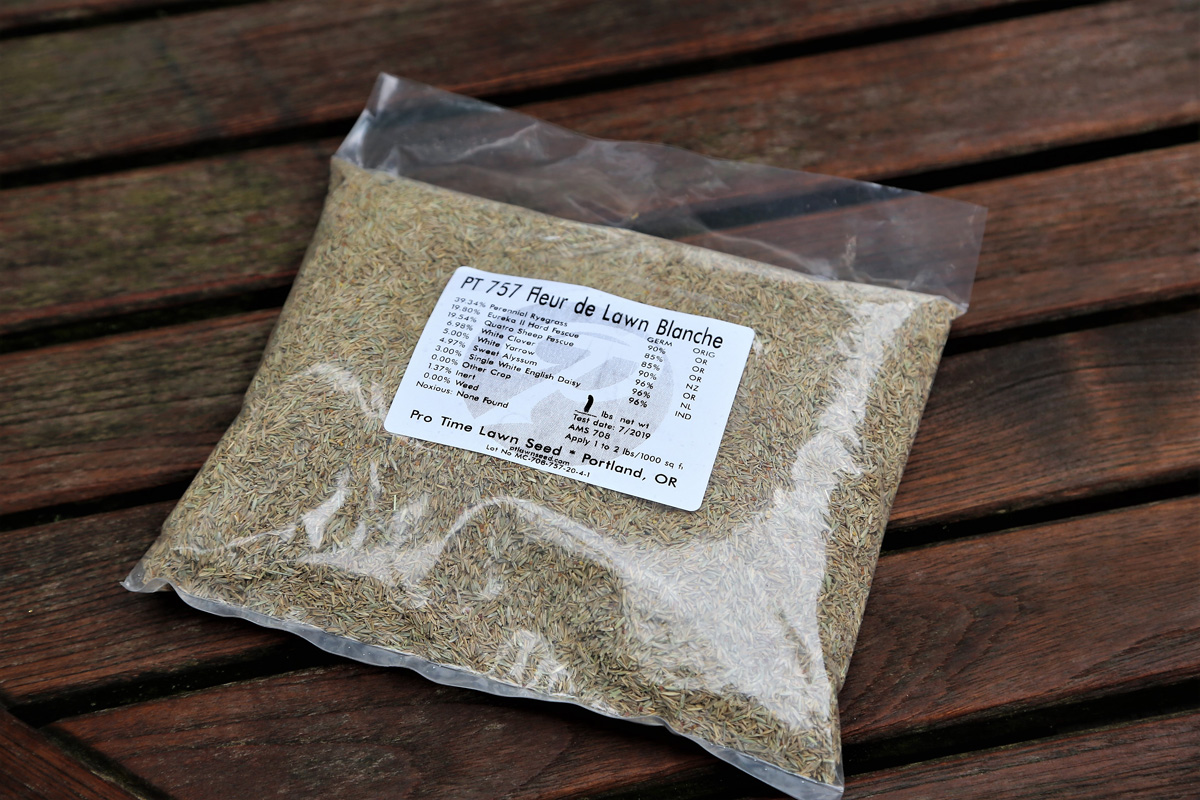
Overseed your lawn. Speaking of reseeding, September is a great month to overseed your lawn and correct any bare spots or areas that need additional coverage. The beginning of fall rains also lessens the amount of watering you will need to do. All lawns need biannual maintenance to look their best, and by taking care of that task now, your lawn will look great next year. I like to top-dress my lawn with a fine compost before reseeding along with some dolomite lime to counteract the typically acidic Northwest soil (always follow recommended application rates on the package) to give the new lawn seeds an extra boost. For more tips on autumn lawn care, read on here.
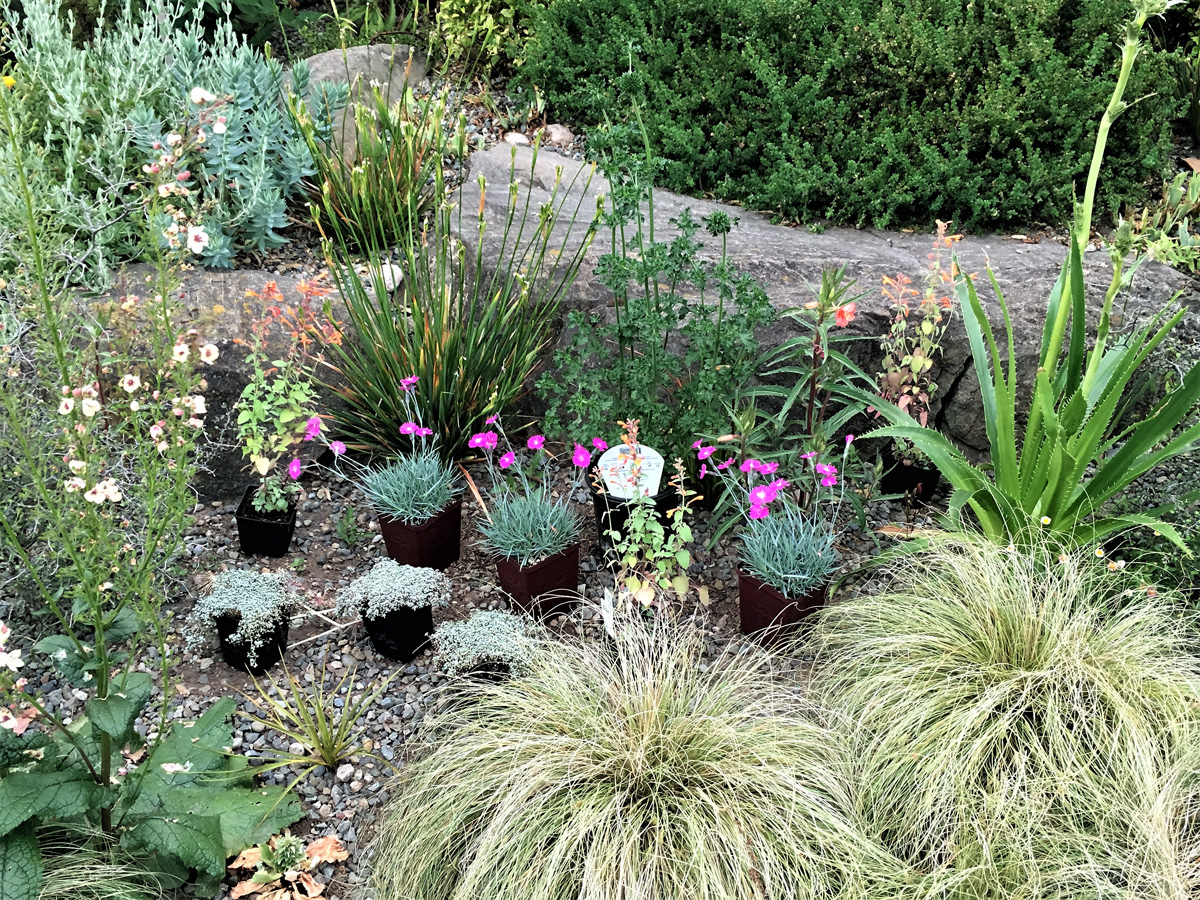
Replace failing plants. September is a great time to reassess your garden. Plants that failed to perform where they were placed may need a new location or to be removed completely from your garden. Especially in smaller city gardens, space is a premium. If a plant does not work, then get one that does. There is no harm in editing your garden when needed. Removed plants can be used in other, more suitable areas in your garden, given away to friends, or in the worst case, composted.
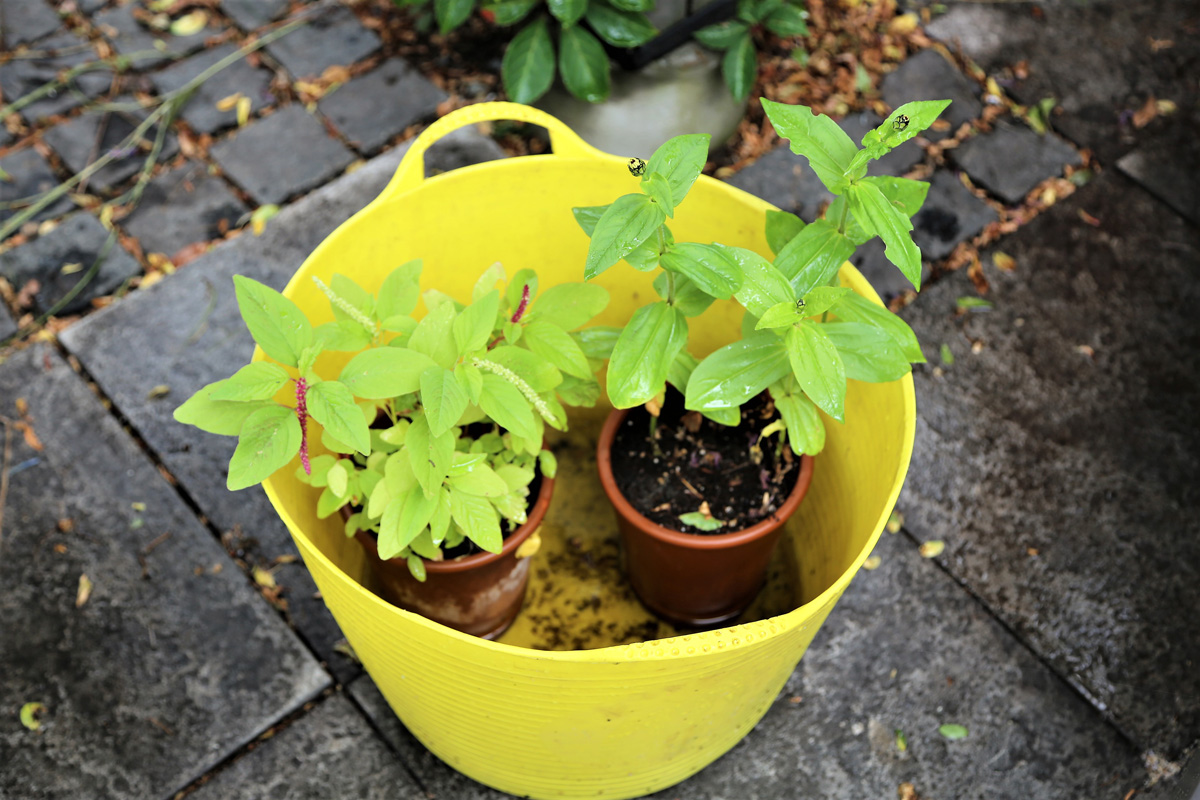
Rehabilitate your containers’ hydrophobic potting soils. If you are finding that your small garden pots are drying out quickly or your plants seem to be struggling, try soaking them in a tub of water. The container soil can completely dry out in the late summer heat, and then the soil becomes hydrophobic. One sign of this is when you water your container plants and the water just flows out from the bottom of the container without the soil getting wet. When that happens, take a garden tub or a 5-gallon bucket, fill it with water, and completely submerge the containers for 20 to 30 minutes. Often you will notice air bubbles coming from the very dry soil. Once rehydrated, these containers should look better, but they should also be ready to soak up the additional moisture when you hand water. If your plants are beyond rehydration or past their prime, perhaps it is time to look for cool-season annuals and other plants that will offer interest into fall and beyond. Just remember the soaking trick until the fall rain starts. This is equally effective with new plants that have not yet been planted yet due to the lack of rain.
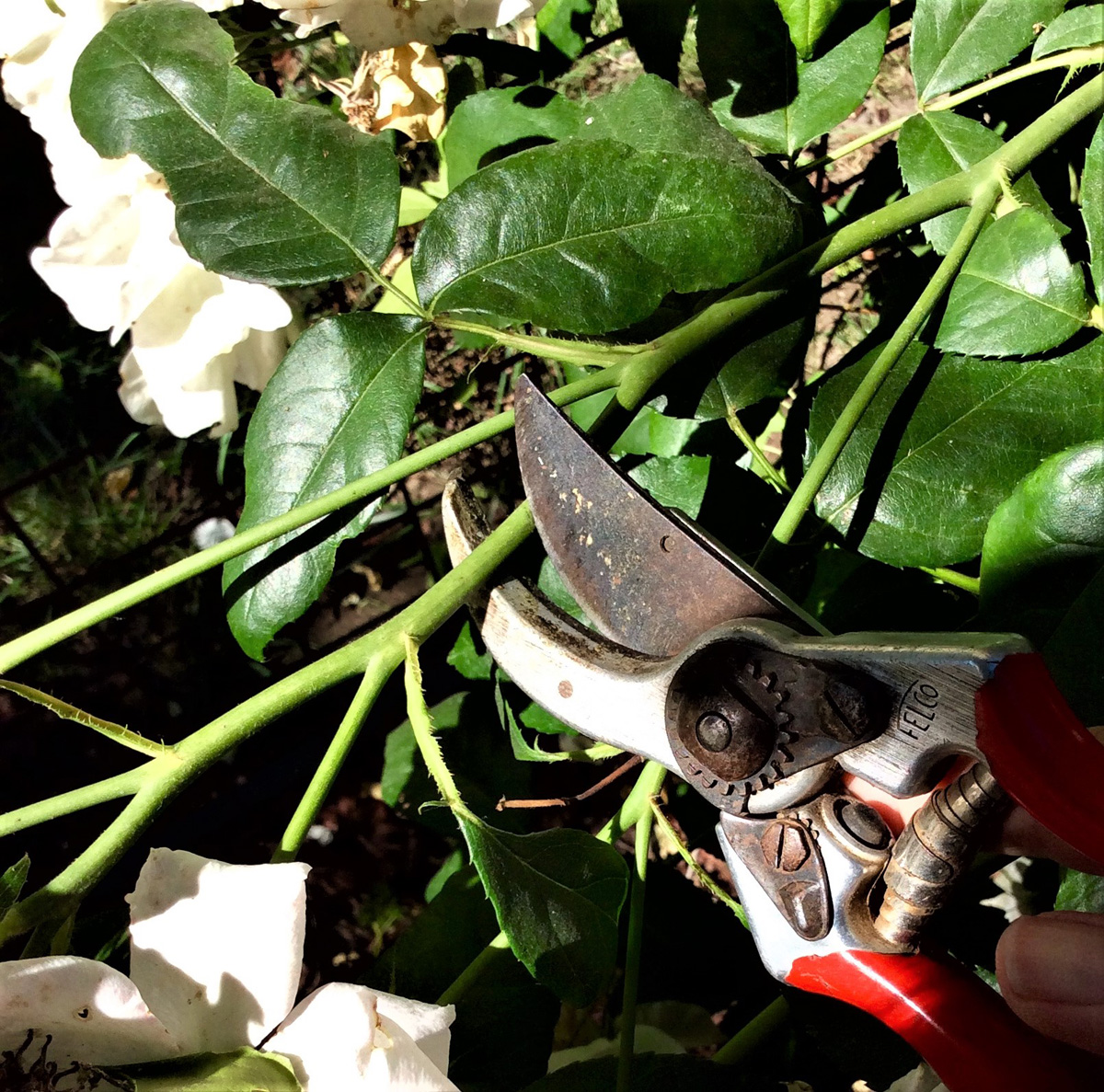
Continue to deadhead into fall. Lastly, to keep your garden blooming well in September and beyond, remember to deadhead roses, dahlias (Dahlia spp. and cvs., Zones 7–11), salvias (Salvia spp. and cvs., Zones 5–11), and other late season perennials to encourage reblooming or to use for late season bouquets in the home.
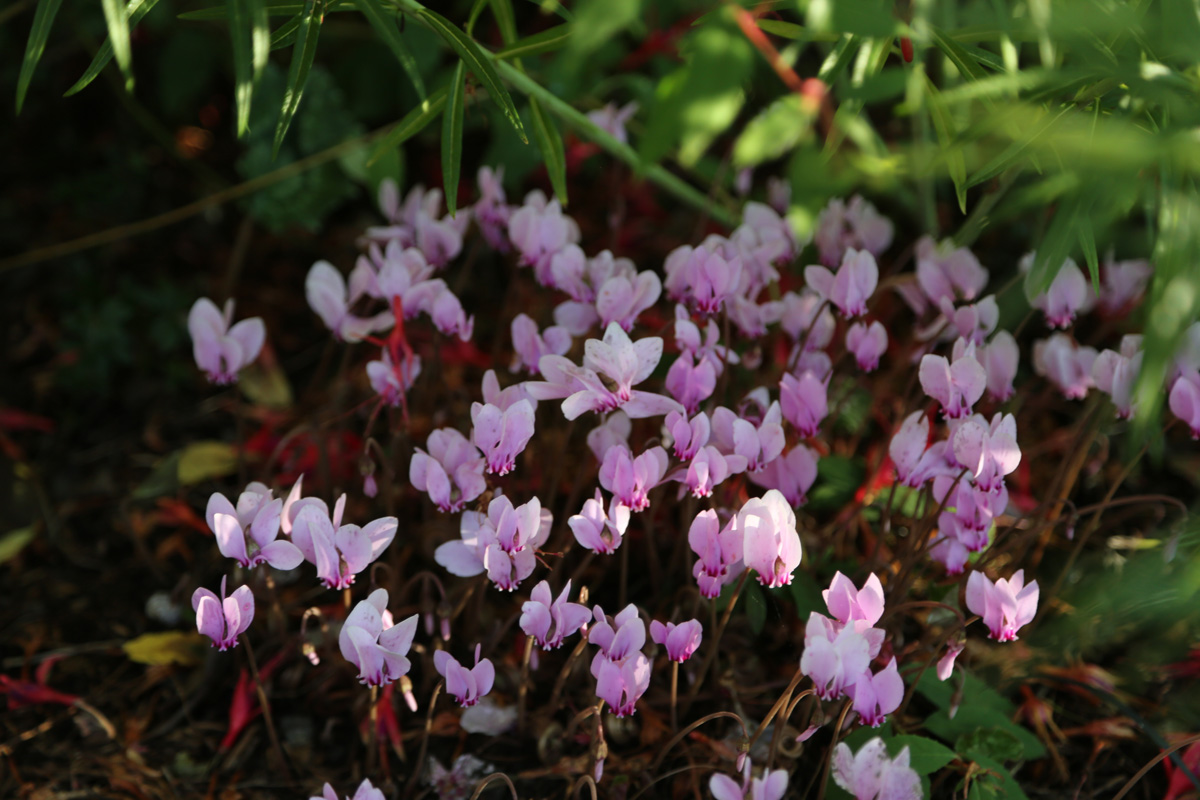
September is a great time to work in the garden no matter the weather. Late-season sunny days paired with cool and sometimes rainy evenings are a great time to recharge. Make sure to enjoy all the effort you have put into your garden this year. This is also a great time to reflect and make changes as necessary, but by all means get out and enjoy it.
—Jason Jorgensen is a landscape designer in Seattle.
Fine Gardening Recommended Products

DeWalt Variable-Speed Cordless Reciprocating Saw with 6-Piece Saw Blade Set
Fine Gardening receives a commission for items purchased through links on this site, including Amazon Associates and other affiliate advertising programs.
- 18.31 x 6.13 x 4 inches
- 1-1/8-inch stroke length
- Variable speed trigger with 0-3000 spm
- DW4856 Metal/Woodcutting Reciprocating Saw Blade Set, 6-Piece

DeWalt Variable-Speed Cordless Reciprocating Saw
Fine Gardening receives a commission for items purchased through links on this site, including Amazon Associates and other affiliate advertising programs.
- 18.31 x 6.13 x 4 inches
- 1-1/8-inch stroke length
- Variable speed trigger with 0-3000 spm

ARS Telescoping Long Reach Pruner
Fine Gardening receives a commission for items purchased through links on this site, including Amazon Associates and other affiliate advertising programs.


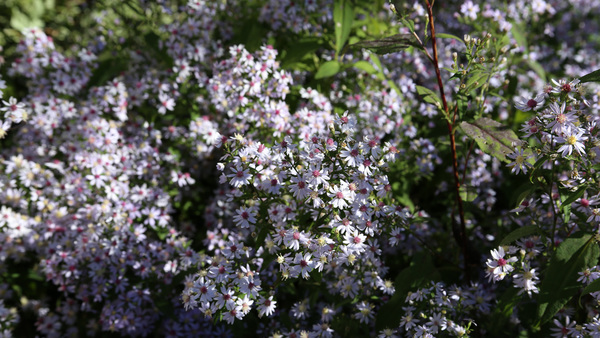
















Comments
Good Job!
Log in or create an account to post a comment.
Sign up Log in